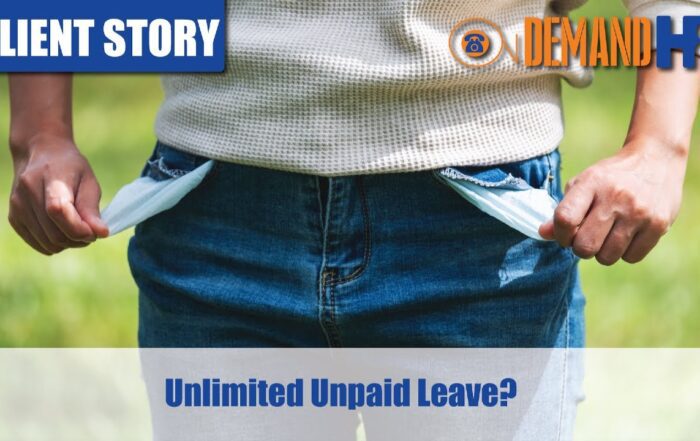Understanding Probationary Periods in Australia: What Every Business Should Know
The probationary period in Australia is a double-edged sword – it offers a window for employers to assess fit and performance, yet it’s bounded by complex legal guidelines. For businesses striving to thrive in the competitive Australian market, understanding these guidelines is not optional; it’s imperative. This post aims to shed light on the probationary period, offering key insights and practical advice to help you manage this crucial phase effectively, ensuring you stay on the right side of the law while supporting your team’s growth.
Facing a HR or WR Challenge and need a Free Strategic Action Plan?
Want to access our free online training courses to build your skills?
Share the HR or workplace relations challenge facing your business and one of our experienced consultants will be in touch within 24 hours with a strategic action plan or discover the best strategy yourself by accessing out free online training library.
What Is a Probationary Period?
Understanding the Basics
The probationary period serves as a trial phase for new employees, allowing employers to evaluate their performance, fit within the company culture, and overall suitability for the role. In Australia, the standard probationary period can vary but typically lasts between three to six months, with some flexibility depending on the contractual agreement between the employer and employee.
Legal Framework
It’s essential to recognize that the Fair Work Act outlines specific guidelines for probationary periods, distinguishing between small and larger businesses. For small businesses (with fewer than 15 employees), the minimum period before an employee can lodge an unfair dismissal claim is extended to 12 months. In contrast, for businesses with 15 or more employees, this period is six months. This distinction underscores the importance of understanding the legal obligations and rights that come with probationary periods.
Key Considerations During the Probationary Period
Setting Clear Expectations
From the outset, it’s crucial to set clear expectations for new employees. This includes clearly defined roles, responsibilities, performance standards, and how their performance will be evaluated. Clear communication can prevent misunderstandings and provide a solid basis for any necessary feedback or discussions about job performance.
Regular Feedback and Support
Providing regular feedback during the probationary period is not just about identifying areas for improvement. It’s also an opportunity to offer support and guidance, helping new employees adjust and thrive in their new roles. Constructive feedback and regular check-ins can foster a culture of openness and continuous improvement.
The Termination Process
Despite best efforts, there may be instances where terminating an employee during their probationary period is considered. It’s vital to approach this process with care, ensuring it’s done fairly and in compliance with Australian employment laws. This includes documenting performance issues, providing feedback and opportunities for improvement, and following a fair process if termination becomes necessary.
Business Outcomes & Key Insights
Navigating the probationary period and potential terminations require a delicate balance between assessing performance and adhering to legal standards. By understanding the effective probationary period set by Fair Work Australia and implementing a fair and transparent termination process, employers can protect their business from legal challenges while fostering a positive and compliant workplace culture. Remember, the goal is to ensure that both the employer and employee have a fair opportunity during the probationary period, leading to better outcomes for everyone involved. Investing in a clear understanding and strategic management of probationary periods can lead to significant benefits for your business, including improved employee retention, performance, and legal compliance.
Recent Posts
Unlimited Unpaid Leave?
Andrew Koleda2023-07-23T10:59:24+10:00HR Guides|
Employee Sick With No Leave
Andrew Koleda2023-07-23T10:59:34+10:00HR Guides|
Probation Period
Andrew Koleda2023-07-23T10:59:53+10:00HR Guides|
Blue Collar Permanent Casual Employees
Andrew Koleda2023-07-23T11:02:41+10:00HR Guides|
Recruitment Market Update – Feb 2022
Andrew Koleda2023-07-23T11:02:51+10:00Recruitment|
Recruitment & Retention in 2022
Andrew Koleda2023-07-23T11:03:02+10:00Recruitment|






